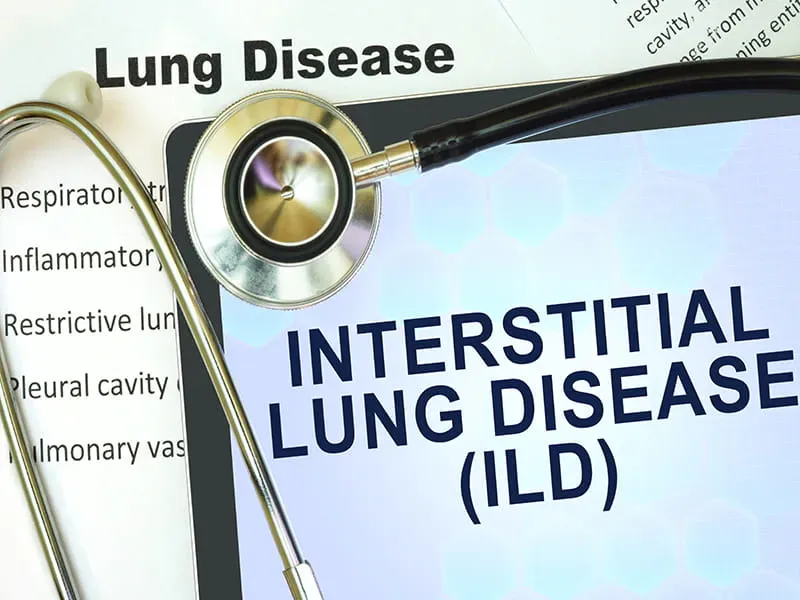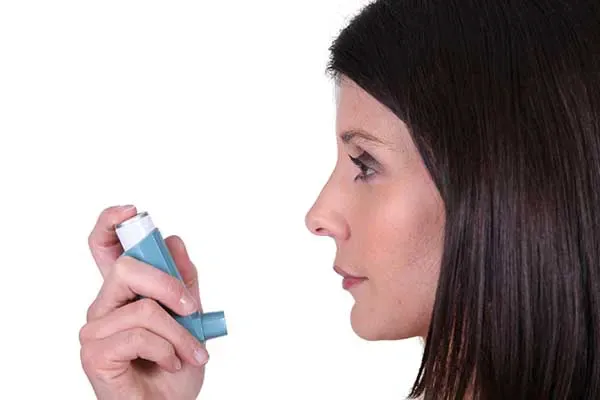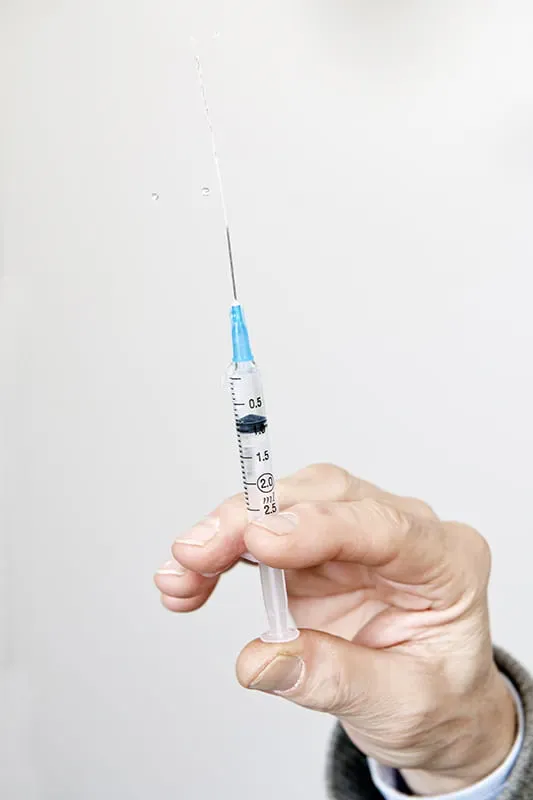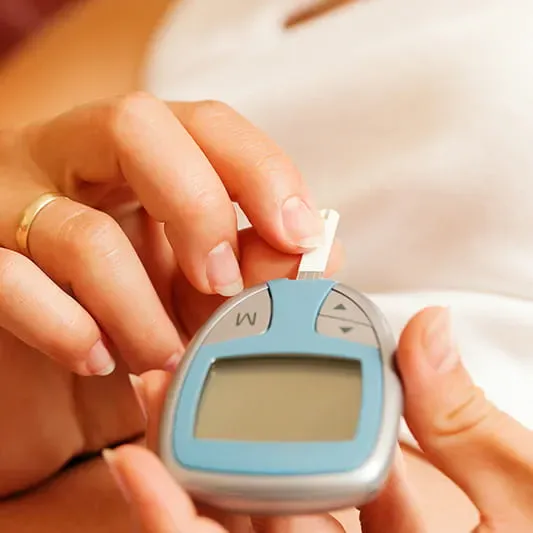Antipyretic Efficacy of Paracetamol, Ibuprofen and Paracetamol-ibuprofen Combination in Indian Children
Introduction
Paracetamol and ibuprofen exert their effects at differing points in the pyrogenic pathways, so synergistic action is plausible
Aim
To compare the efficacy of paracetamol, ibuprofen and paracetamol-ibuprofen combination for treatment of febrile children
Patient Profile
Febrile children, 6 months to 12 years of age
Methods
-
Patients were followed-up at intervals of 1, 2, 3 and 4 h post dose by tympanic thermometry
Endpoints
-
Primary end point for efficacy was the reduction in the tympanic temperature from the baseline temperature at the end of 4 h after drug administration.
-
Secondary end points were – Percent reduction of temperature from baseline to 4 h post dose, proportion of afebrile children at 1, 2, 3 and 4 h post dose, any adverse drug events occurring during the 4 h period as recorded by the investigators and causality assessed with the help of Naranjo’s algorithm
Results
-
Significant difference between three groups (P = 0.013), maximum reduction in temperature being observed in paracetamol-ibuprofen combination and minimum in paracetamol group
Figure 1: Primary endpoint results
-
Highest fall of temperature was noted in the 1st h of drug administration in all the groups
-
Difference between combination and paracetamol was significant for the 1st h (P = 0.04)
Figure 2: Hourly percentage reduction in temperature
-
Number of afebrile children any time post dose until 4 h was highest in the combination group
Table 1: Percentage of afebrile patients at different intervals during trial duration
|
|
T1 |
T2 |
T3 |
T4 |
|
Paracetamol |
63.33 |
90 |
100 |
76.66 |
|
Ibuprofen |
78.12 |
84.37 |
87.5 |
78.12 |
|
Combination |
87.09 |
100 |
100 |
93.54 |
-
No serious or severe adverse events were noted in any of the groups.
Conclusion
-
Temperature reduction with paracetamol and ibuprofen combination was quicker temperature reduction than either paracetamol or ibuprofen alone.
-
Combination of paracetamol-ibuprofen may have marginal clinical benefit over ibuprofen or paracetamol alone in routine clinical practice only when quicker reduction in body temperature is the goal of therapy.
Reference
Perspect Clin Res. 2014 Jan-Mar; 5(1): 25–31










